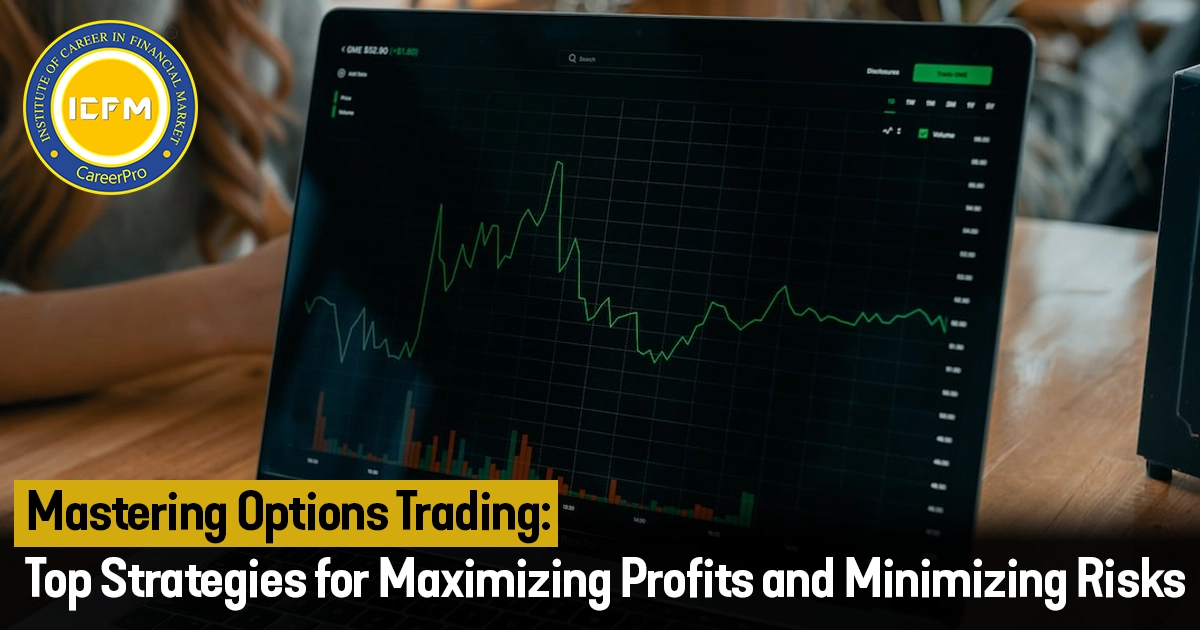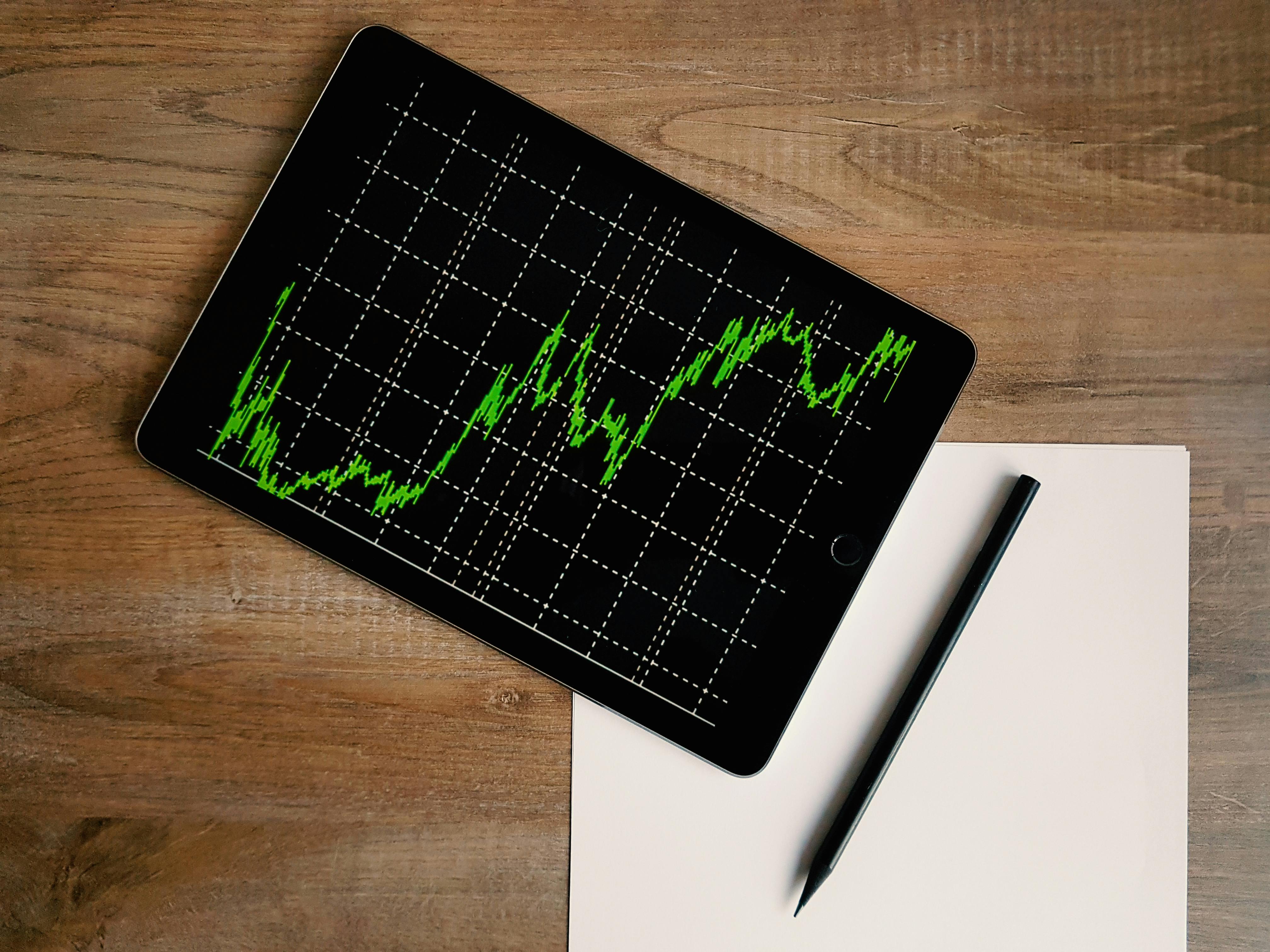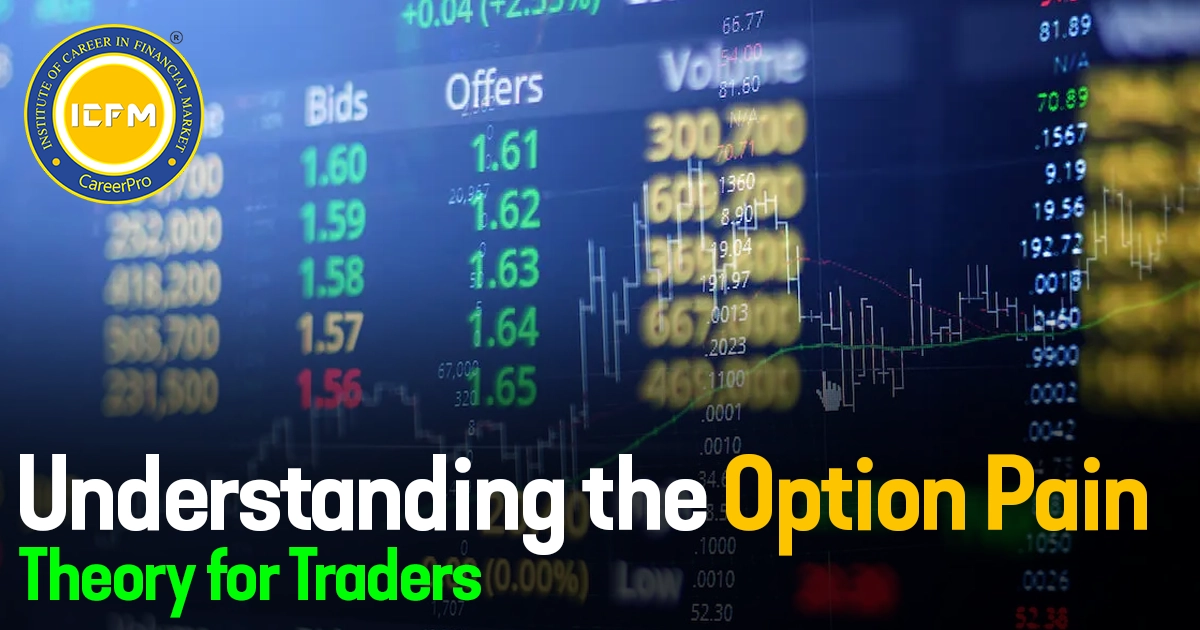Retail trading has endured a waste rate of about 90 losses. Futures and options are among the most instigative trade parts ever, and the return one gets can be tremendous; it isn't a surprise when numerous lose their shirts at these requests.
So if you don't understand what could have gone wrong and correct your course of conduct to avoid falling into some traps, also this may hang you.
They are some of the leading causes of trading failures:
1. Lack of knowledge: utmost dealers enter the surge of futures and options with little 4or no knowledge about what they're doing. Instruments similar as futures and options are veritably complex, containing a good grasp of request mechanics, strategies, and threat operation.
Solution: Proper education is essential to make sound opinions and avoid losses. Spend your time literacy. There are numerous free accoutrements, from online classes to books to trading simulators. Knowledge is the stylish wealth in trading.
2. Emotional Trading: Trading can bring you numerous strong feelings, from fear to rapacity. And, more frequently than not, these feelings lead you to impulsive opinions, like holding onto an open loss in expedients that it will recover, or follow extreme gains without having a single analysis on your end. Emotional trading most frequently ends up in bad trades.
Solution: An effective trading plan with pronounced entry and exit points to which one needs to cleave; strict tone- discipline must be rehearsed for fighting feelings.
3. Over-Leveraging: Futures and options give for high influence, meaning you can control large positions with a fairly small quantum of capital. While this can amplify earnings, it also increases the threat of substantial losses. numerous dealers do not completely understand how influence works and end up overreaching themselves.
Solution: Use influence cautiously. Assess your threat forbearance and avoid taking on too important exposure in a single trade.
4. Poor threat operation: Lack of proper threat operation leads to massive losses. The maturity of dealers threatens too much on one trade or fails to place stop-loss orders, leading to substantial losses when the request is against them.
Solution: Always borrow sound threat operation. noway risk further than a small chance of your trading capital on one trade and set stop-loss orders to cover your investment.
5. Chasing Losses: loss, eventually causes dealers, formerly passing a loss, would essay to recapture their plutocrats through unsafe trades. This can lead to a downcast curl, which composites the fiscal collapse.
Solution: Take a break after losing. Don't incontinently essay to recover your plutocrat. Identify what went wrong and learn from the experience.
6. Disregarding Market Trends: Most dealers enter a trade without checking the request trends or the profitable pointers. In this case, they miss the poor timing and inimical trading conditions.
Solution: Always be apprehensive of the trends in the request and all the news. Both specialized analysis through maps and patterns and abecedarian analysis through profitable data guide your trading opinions.
7. Inconsistent Strategy: Trading in inconsistency confuses the dealer, therefore leading to poor performance. Frequent changes in strategy may help the dealer not find how effective one particular strategy might be.
Solution: Have a clear trading strategy in place and stick to it for a defined time period. Only review it and make a change formerly so that you have enough time to understand how effective it has been.
8. Lack of Discipline: Discipline is one of the crucial rudiments in successful trading. numerous dealers find themselves unfit to cleave to a plan, therefore ending up overtrading or disregarding their rules and swinging into impulsive opinions.
Solution: You must produce a disciplined trading authority. Periodically check up on your trades and how you're performing so you can be reminded and stick to good habits.
Conclusion: Understanding why dealers generally face losses in F&O is essential for anyone looking to succeed in these requests. By educating yourself, managing your feelings, and applying solid threat operation principles, you can ameliorate your probability of getting one of the many successful dealers. Profit and losses are part of the trip, but learning from them and staying chastened can set you piecemeal as a successful dealer. Wishing you all the stylish for the trading trip ahead.









